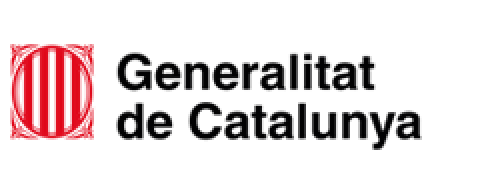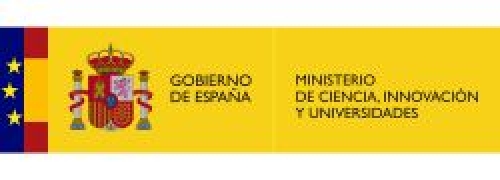RD-Connect has released several videos that promote different aspects of RD-Connect work. The CNAG-CRG participates actively in RD-Connect contributiong to most of the work packages of the project and has developed a platform for the analysis and interpretation of clinical and genomic data in Rare...
Researcher Tomàs Marquès-Bonet, director of the Institute for Evolutionary Biology (IBE), and leader of the Comparative Genomics group at the CNAG-CRG, has been awarded the International Early Career Award by the Howard Hughes Medical Institute (HHMI, USA). He will receive $ 650,000 spread over...
Nomad Scythian herders roamed vast areas spanning the Central Asian steppes during the Iron Age, approximately from the 9th to the 1st century BCE (Before Common Era). These livestock pastoralists, who lived on wagons covered by tents, left their mark in the history of warfare for their exceptional...
The Centro Nacional de Análisis Genómico will participate in two new projects recently funded by the Catalan Department of Health (Pla estratègic de recerca i innovació en salut (PERIS) 2016-2020).
The first project is a large-scale personalized medicine project in cancer coordinated by Dr Elias...
DNA contains the instructions for life, encoded within genes. Within all cells, DNA is organised into very long lengths known as chromosomes. In animal and plant cells these are double-ended, like pieces of string or shoelaces, but in bacteria they are circular. Whether stringy or circular, these...
The intestine has a high rate of cellular regeneration due to the wear and tear originated by its function degrading and absorbing nutrients and eliminating waste. The entire cell wall is renewed once a week approximately. This explains why the intestine holds a large number of stem cells in...
















